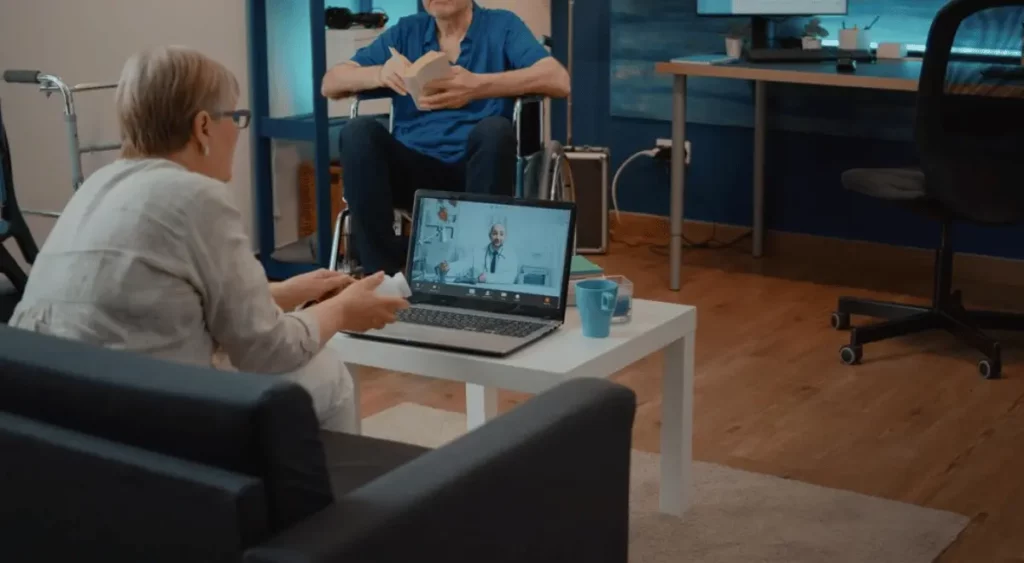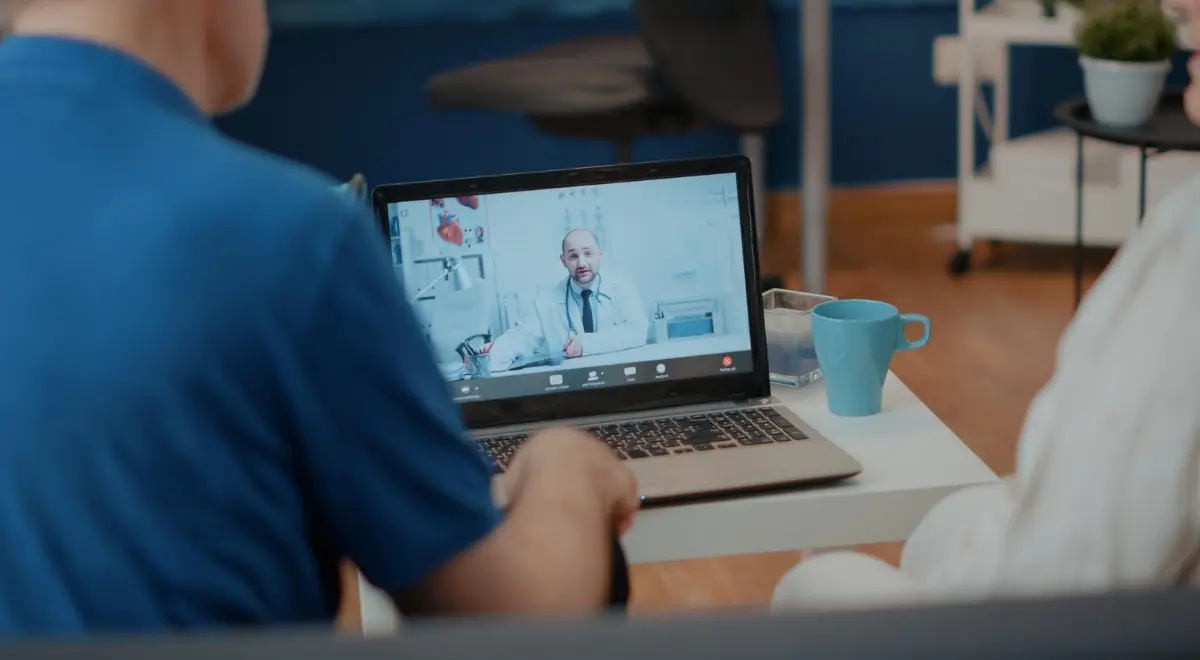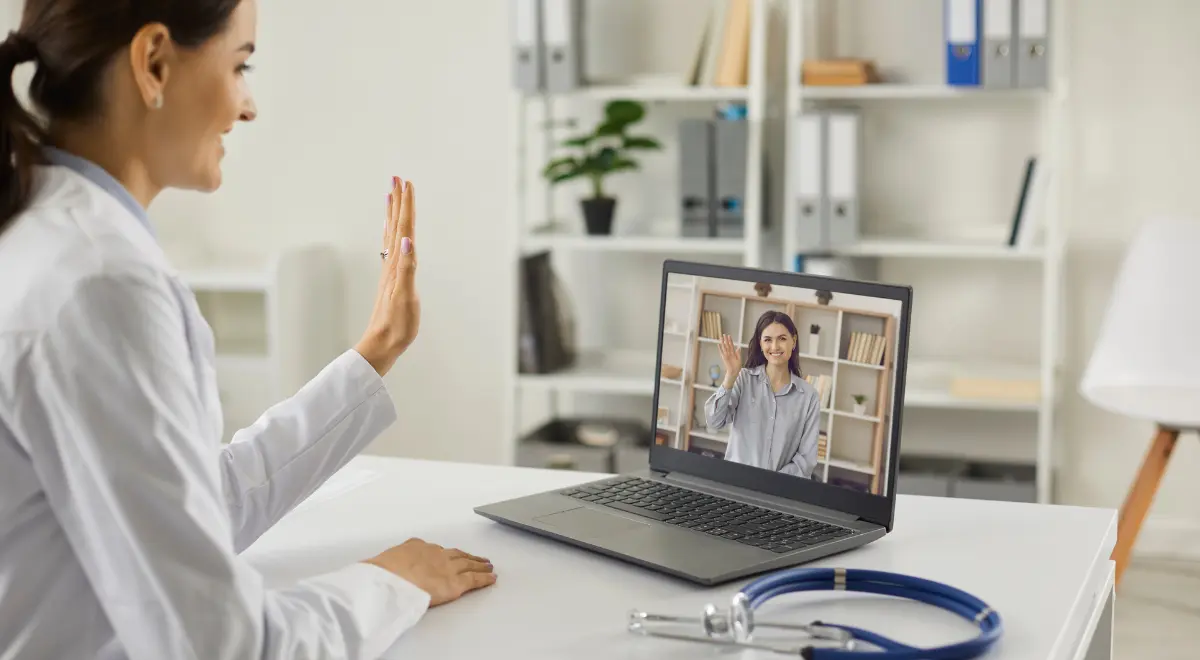Improve Clinical Workflows With Virtual Care Management Programs

Virtual Care Management programs, particularly Remote Patient Monitoring (RPM) and Chronic Care Management (CCM) have emerged as effective tools for improving clinician workflows and patient outcomes.
Healthcare professionals are continuously leveraging this technology to bridge the gap between in-person visits and ongoing proactive treatment. In this blog, we will look at how virtual care management improves clinical workflows.
Table of Contents
ToggleWhat Are Clinical Workflows?
Clinical workflows refer to the actions, processes, and procedures that healthcare professionals generally utilize to provide patient care in a healthcare organization. These workflows cover the patient journey, right from the first appointment and assessment to diagnosis, treatment, and follow-up.
Clinical workflows or processes are intended to improve the efficiency and efficacy of the healthcare delivery model, ensuring complete care coordination for patients.
How Virtual Care Management Programs Improve Healthcare Outcomes
- Continuous Patient Monitoring
Remote Patient Monitoring (RPM) is the foundation of modern healthcare and allows healthcare practitioners to monitor patients’ vital signs and health data in near real-time. By incorporating RPM into clinical workflows, physicians can have access to updated patient data to promote early diagnosis of health conditions and help reduce hospital readmission rates. Also, this enables prompt medical interventions, reduce emergency hospital visits the emergence of emergency rooms, and encourages a proactive approach to patient care.
- Enhanced Care Coordination
Chronic Care Management (CCM) aims to provide complete and continuous treatment to patients with two or more chronic diseases. By implementing CCM into clinical workflows, healthcare providers can craft personalized care plans and deliver care coordination services for more effective patient communication.
- Clinical Efficiency & Time Management
Virtual care management programs simplify clinical operations and improve time management for healthcare providers. Incorporating an RPM and CCM program allows physicians to better spend their time with patients by automating basic tasks such as appointment reminders, medication adherence checks, and health status assessments.
- Data-Driven Decision Making
The patient data generated by RPM and CCM enables data-driven decision making and allows healthcare providers to examine health patterns, identify risk factors, and personalize interventions as per patient data. This data-driven strategy improves the accuracy of diagnosis and treatment plans, resulting in an efficient healthcare delivery system.
- Patient Engagement & Empowerment
Virtual care management programs involve patients proactively participating in their care process. Patients can use cellular devices and secure patient portal to record and access their health data and communicate with their healthcare providers. This increased patient engagement generates a sense of empowerment, motivating patients to actively manage their health and make educated decisions.
- Access To Remote Care
RPM and CCM overcome geographical obstacles, allowing healthcare providers to deliver treatment to patients living in remote locations. This is helpful in addressing the healthcare needs of remote communities and patients in rural areas. Virtual care programs allow for regular check-ins, decreasing the need for frequent in-person visits and ensuring that patients receive consistent care regardless of their location.
- Billing & Reimbursement Opportunities
The incorporation of RPM and CCM into clinical workflows brings in new billing and reimbursement guidelines for healthcare practitioners. As these programs align with value-based care models, providers can use them to increase income streams while providing better patient care.
How Remote Patient Monitoring (RPM) Helps Improve Clinical Workflows?
Remote Patient Monitoring (RPM) plays an important role in improving clinical processes by bringing modern technologies that bridge the gap between healthcare practitioners and patients. RPM helps improve clinical workflows in a variety of ways, including:
- Continuous Patient Monitoring
- Early Detection of Health Concerns
- Data Integration with EHR Systems
- Enhanced Patient Engagement
- Optimized Resource Allocation
- Improved Follow-up Procedures
- Cost Savings
How Chronic Care Management (CCM) Helps Improve Clinical Workflows?
Chronic Care Management (CCM) is a comprehensive healthcare approach that focuses on improving chronic condition management and providing ongoing assistance to individuals suffering from multiple chronic illnesses. Here’s how CCM can improve clinical workflows:
- Holistic Patient-centered Care
- Personalized care plans
- Regular Monitoring & Follow-up
- Care Coordination
- Electronic Health Record (EHR) Integration
- Patient Education & Empowerment
- Risk Stratification & Targeted Interventions
- Improved Medication Management
- Improved Preventive Care
Improve Clinical Workflow With HealthArc’s Digital Health Platforms
HealthArc’s modern healthcare software and digital health platforms are intended to improve the clinical workflows of healthcare organizations. Our RPM and CCM solutions when combined- improve patient outcomes, streamline workflows, and establish a patient-centered care setting.
To learn more about how our clinical software and cellular devices can help improve patient care delivery, call us at +201 885 5571 or request a free demo now.
Most recent blogs
Categories
- Advanced Primary Care Management
- Behavioral Health Integration
- Cellular Remote Patient Monitoring
- Chronic Care Management
- Chronic Care Management Billing
- Chronic Care Management CPT Codes
- Chronic Care Management Program
- Chronic Care Management Software
- Digital Health Platform
- Principal Care Management
- Principal Care Management CPT Codes
- Remote Care Programs
- Remote Monitoring Devices
- Remote Patient Care
- Remote Patient Monitoring
- Remote Patient Monitoring Billing
- Remote Patient Monitoring CPT Codes
- Remote Patient Monitoring Devices
- Remote Patient Software
- Remote Therapeutic Monitoring
- Remote Therapeutic Monitoring Billing
- Remote Therapeutic Monitoring CPT Codes
- Telemedicine & RPM
- Transitional Care Management
- Transitional Care Management Billing
- Transitional Care Management CPT Codes
Related Posts
- December 5, 2024 | Read Time: 7 mins
How Remote Patient Monitoring Improves Chronic Care Management?
- July 23, 2024 | Read Time: 8 mins
HealthArc Vs. Prevounce: Which One To Choose?
- July 9, 2024 | Read Time: 3 mins






